Cuba’s monetary policy has taken a decisive turn toward the partial dollarization of its economy, as the Cuban peso (CUP) continues its free fall on the informal market.
According to the latest report from the Cuban Observatory of Currencies and Finance (OMFi), the average monthly salary of 5,839 CUP now amounts to just $15.78 USD—based on the informal exchange rate of 370 CUP to the dollar—highlighting the dramatic erosion of purchasing power for ordinary Cubans.
The report, which analyzes market conditions through April 30, 2025, concludes that dollarization is no longer merely a spontaneous market reaction but a deliberate government policy.
“With no official timeline for implementing the long-promised reforms to Cuba’s exchange rate system or a floating peso, more and more businesses are operating exclusively in U.S. dollars,” the report states.
In the face of growing economic uncertainty, OMFi offers several practical recommendations. For those with savings in dollars or euros, these currencies appreciated by 3.4% and 6.9%, respectively, in April 2025.
“In the current environment, holding reserves in hard currencies remains a prudent strategy to hedge against inflation, economic instability, and the continued devaluation of the Cuban peso,” said economist Pavel Vidal, OMFi’s lead researcher.
However, Vidal cautions that fiscal policy developments must be closely monitored. “If the fiscal deficit is truly being adjusted and that adjustment holds, it could create upward pressure on the peso’s value. In that scenario, it would be advisable to maintain a portion of one’s savings in pesos.”
MLC in Question: Volatility Undermines Trust
The future of Cuba’s freely convertible currency (MLC)—a government-issued digital currency pegged to the dollar—remains one of the most pressing concerns for citizens, according to OMFi. The MLC has proven highly unstable, showing six times the volatility of the U.S. dollar and nearly three times that of the euro in recent months.
“These fluctuations may offer speculative profit opportunities for informal currency traders, but for the average person, we strongly recommend minimizing savings in MLC due to its volatility and the uncertainty surrounding its future,” the report warns.
Dual Economy Deepens Divides
Cuba’s current dollarization push is advancing through “closed foreign currency self-financing schemes,” which allow select state-run entities—in biotechnology, tobacco, tourism, and foreign-invested sectors—to retain part of their foreign exchange earnings without routing them through the Central Bank.
This policy, OMFi notes, echoes monetary strategies from the late 1990s and has contributed to a widening divide within the Cuban economy:
- A handful of state companies have decentralized access to foreign currency.
- Others remain tied to the official exchange rate and centralized allocations.
- Meanwhile, the private sector, subjected to forced peso-based banking, relies heavily on the informal market to obtain dollars or euros.
These divergent dynamics influenced foreign exchange trends in April 2025. The U.S. dollar closed the month at 367 CUP, the euro at 385 CUP, and the MLC at 265 CUP, the latter reflecting a 3.6% drop against the peso.
For families who earn solely in Cuban pesos, access to foreign currency is increasingly out of reach. “A monthly salary of 5,839 CUP at the informal rate equals just $15.78 USD, while the minimum pension of 1,528 CUP is worth only $4.13 USD,” the report emphasizes.
“Dollarization, like inflation, limits access to basic goods for lower-income groups and deepens existing inequalities.”
Outlook for May 2025: A Possible Pause in Devaluation
Looking ahead, OMFi forecasts suggest a potential stabilization—or even slight drop—of 3% to 5% in the exchange rates of the dollar and euro during May. Projected rates are 357–368 CUP per USD and 372–383 CUP per euro. The MLC, however, is expected to continue its decline, ranging between 255–265 CUP.
This outlook is based on a recent surge in people willing to sell dollars at current rates. “A temporary oversupply of dollars could interrupt the upward trend in the U.S. currency observed since March,” said economist Pavel Vidal.
One Bright Spot: A Surprise Fiscal Surplus
In rare positive news, the report notes that Cuba’s government posted a budget surplus of 359 million CUP at the end of March 2025—breaking from the deficits of previous years.
“Correcting the fiscal imbalance is a crucial step toward halting inflation and stabilizing the peso on the informal market,” OMFi concludes.
Still, the surplus appears to stem from unspent budget allocations, even for social welfare, and hikes in state-controlled prices for essentials like gasoline, diesel, and electricity—raising questions about the social cost of Cuba’s fiscal adjustment.








Comments
We moderate comments on this site. If you want to know more details, read our Privacy Policy
Your email address will not be published. Mandatory fields are marked with *